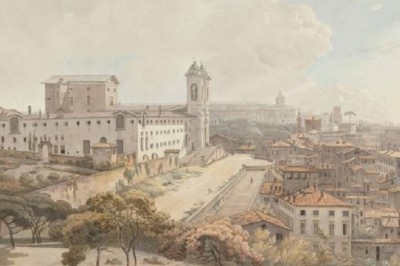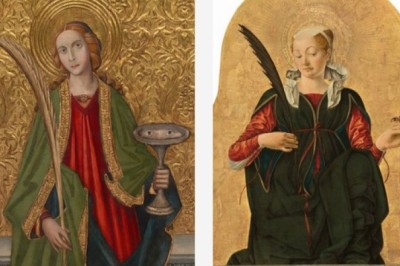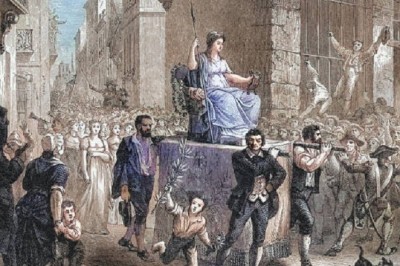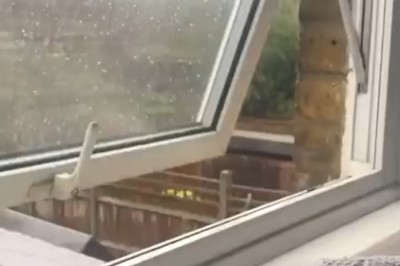Mysterious Medieval Horsemen Prevented Inbreeding through Unique Mating Patterns
A recent DNA study sheds light on how the nomadic Avars organized their society in the 6th and 7th centuries, offering a fresh perspective on their community dynamics, according to a Danish archaeologist.
Originating from the Mongolian steppes, in 568, a group of warrior horsemen known as the Avars, distinguished as a 'mysterious rider people,' surged into the Greek-influenced plains along the Danube River in present-day Hungary. Joining forces with other Central Asian groups, they established a new power center in Europe. Despite their presence in historical records, no written history left traces of their legacy.
 A man buried next to a horse in a cemetery in Hungary. (Photo: Institute of Archaeological Sciences, Eötvös Loránd University Museum, Budapest, Hungary)
A man buried next to a horse in a cemetery in Hungary. (Photo: Institute of Archaeological Sciences, Eötvös Loránd University Museum, Budapest, Hungary)
Now, researchers from Hungary, Germany, and Austria are bridging these historical gaps by utilizing kinship data to reconstruct the Avars' genealogical structure. This involves analyzing DNA from hundreds of burials, including entire Avar grave sites.
Published in the prestigious journal Nature, the new study stands out as a significant example of a growing trend in ancient DNA research, focusing not only on individual specimens but on entire communities and families. It presents the most extensive DNA-based family tree to date, spanning nine generations.
Danish archaeology professor at the University of Oslo, Lotte Hedeager, emphasizes the study's critical significance in archaeological understanding, offering a new dimension to prehistory's enigmatic narrative.
Unveiling Avar Society through DNA Analysis
The team of geneticists, archaeologists, and historians sequenced DNA from over 400 skeletons excavated from four burial sites within 200 kilometers of each other in Hungary. Through carbon-14 dating, researchers established that these burials span the 250-year Avar rule in the region.
By piecing together DNA evidence, researchers reconstructed entire family lineages, including a nine-generation tree stretching from a founding member buried shortly after the Avars' arrival to a descendant interred 250 years later. This genealogy unraveled the intricate organization of Avar society that traditional archaeological records could not portray.
Patriarchal Structure and Mating Practices
The study reveals a distinctive pattern where all men traced lineage to a few adult males buried with lavish grave goods, believed to be the society's founders. In contrast, adult women lacked familial ties within the same graveyards, indicating a practice known as patrilocality – men residing in their birthplaces while women moved to marry into different families, fostering alliances and social connections.
DNA analysis exposed instances of polygamy where men fathered children with multiple women, and women bore offspring with various men, potentially through practices like widows marrying close relatives of their deceased husbands, a dynamic invisible through traditional archaeology but unveiled through genetic data.
Prevention of Inbreeding and Lineage Control
The stringent patrilineal system appears to have aided the Avars in avoiding inbreeding. Despite scanning DNA from hundreds of individuals, researchers found no instances of children born from close relatives. This suggests that the Avars meticulously controlled descent and kinship over numerous generations, maintaining bloodlines through oral tradition that restricted intermarriage with distant relatives over centuries.



 A man buried next to a horse in a cemetery in Hungary. (Photo: Institute of Archaeological Sciences, Eötvös Loránd University Museum, Budapest, Hungary)
A man buried next to a horse in a cemetery in Hungary. (Photo: Institute of Archaeological Sciences, Eötvös Loránd University Museum, Budapest, Hungary)

















Comments
0 comment